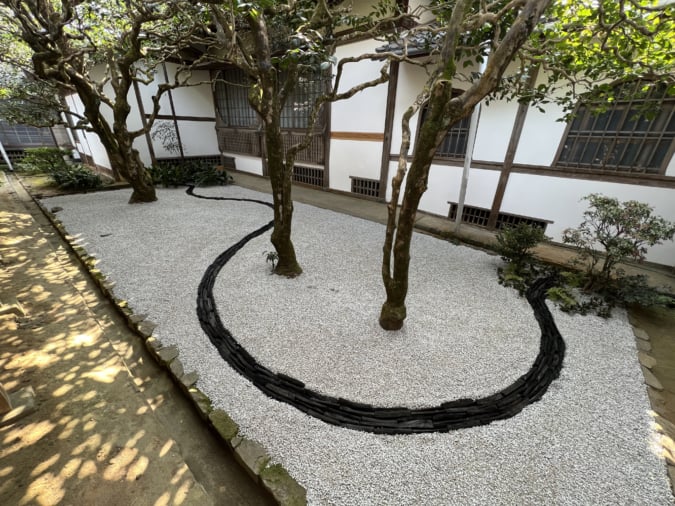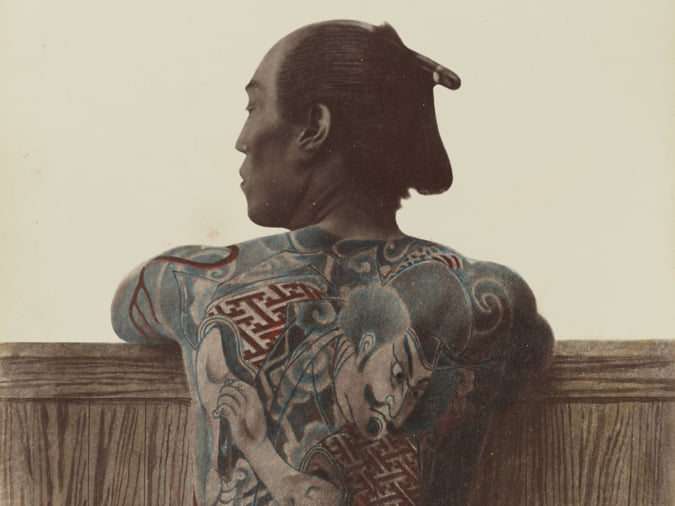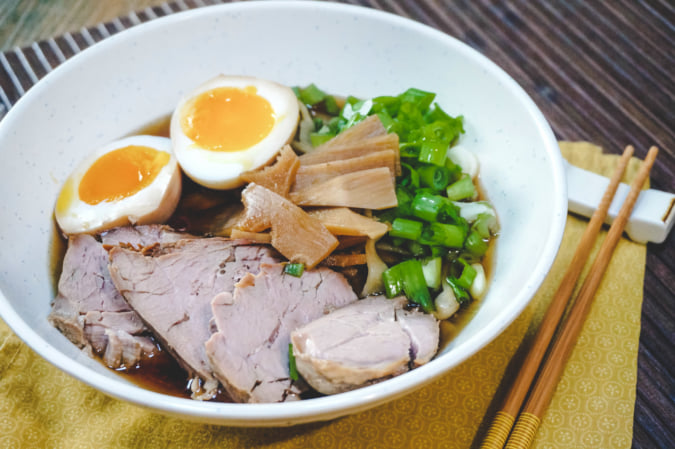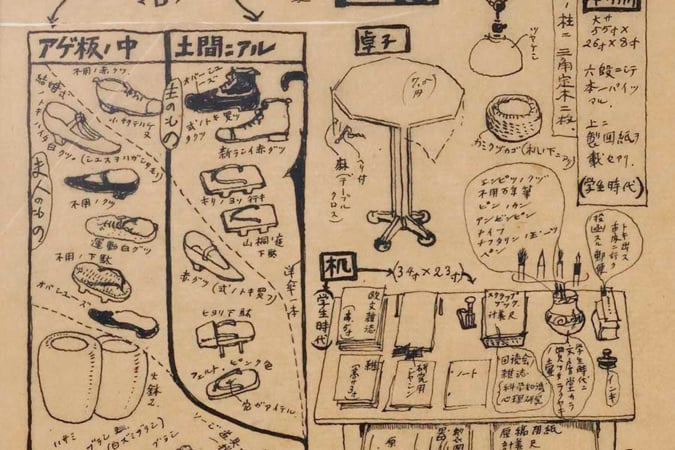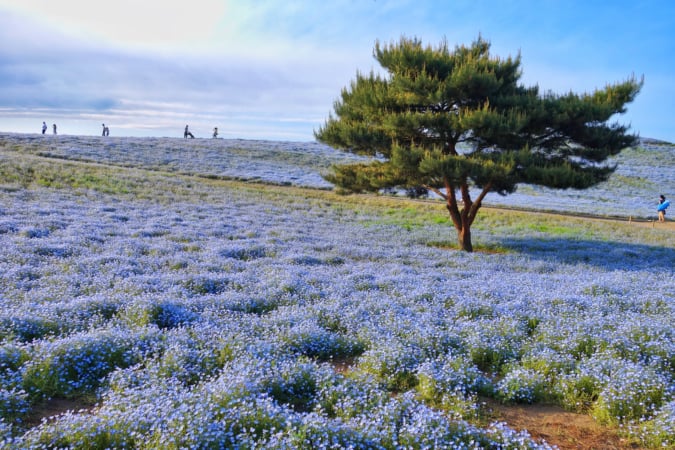‘Mirai-chan’ Face to Face With Childhood
Published in 2011 by the photographer Kotori Kawashima, this book shows the excitement and adventures of a little girl.
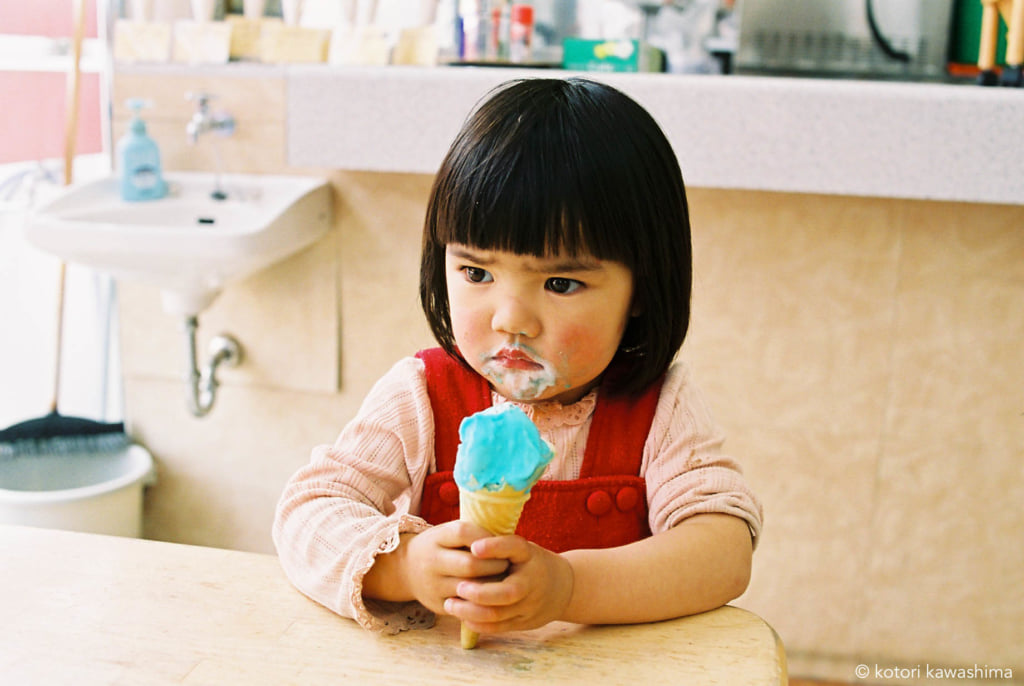
© Kotori Kawashima
‘Mirai’ means ‘future’ in Japanese. It is with this theme in mind, of the childlike discovery of a life to come, that the photographer Kotori Kawashima followed four-year-old Mirai-chan (a fond nickname) as she moved through the world. The series follows her journey from her village, on Sado Island in Niigata Prefecture, all the way to Paris.
Born in Tokyo in 1980, Kotori Kawashima studied French literature at Waseda university. He then went on to train as a photographer with the poet and photographer Genki Numata. Success came quickly and he was awarded the 2006 Shinpusha Itaru Hirama Photo Award. The series Mirai-chan was awarded the 42nd Kodansha Publishing Culture Award.
A candid portrait
Throughout the 204 pages of the publication, the book paints a fresh, candid portrait of Mirai-chan, paced with a curiosity that is characteristic of childhood, where time is whiled away in wonder. The photographs, taken over the course of a year, portray the child undertaking various activities—visiting the beach, grimacing at dinner, playing with a cat or hiding behind her goldfish tank, discovering snow for the first time, and playing games with light. The work immerses the reader in a world of purity and naivety.
Subsequent work by Kotori Kawashima focuses on the following steps in life. In Catch the Moon Fade Into You (2018), the artist presents a series of shots taken during a trip to Taiwan and Nara with the actress Machiko Ono.
Mirai-chan (2011), a series by Kotori Kawashima, is published by Nanarokusha Publishing.

© Kotori Kawashima
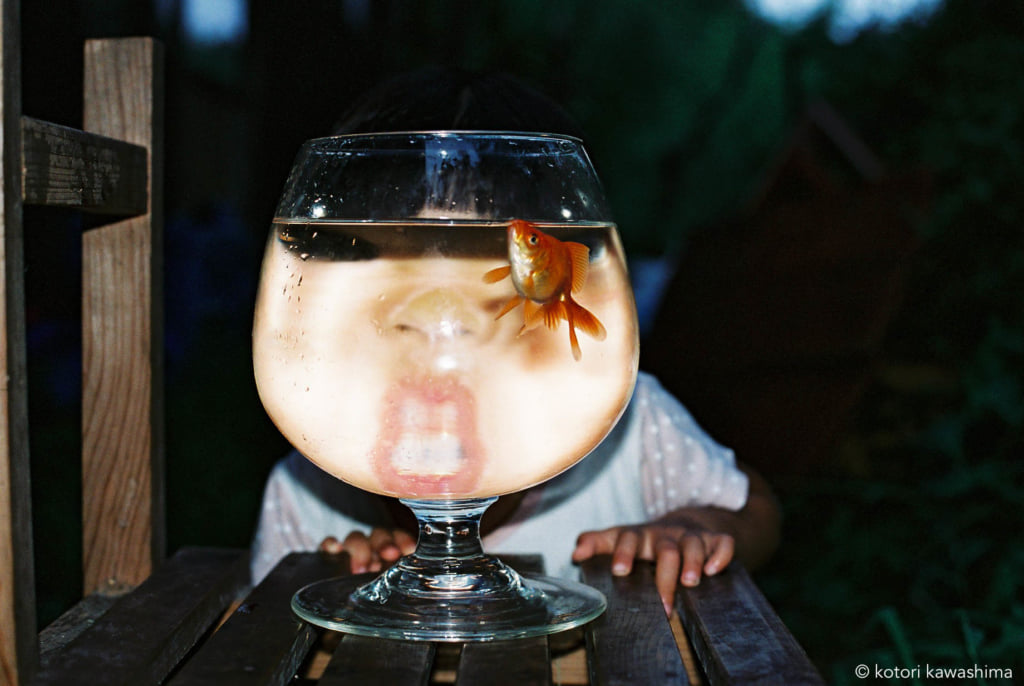
© Kotori Kawashima
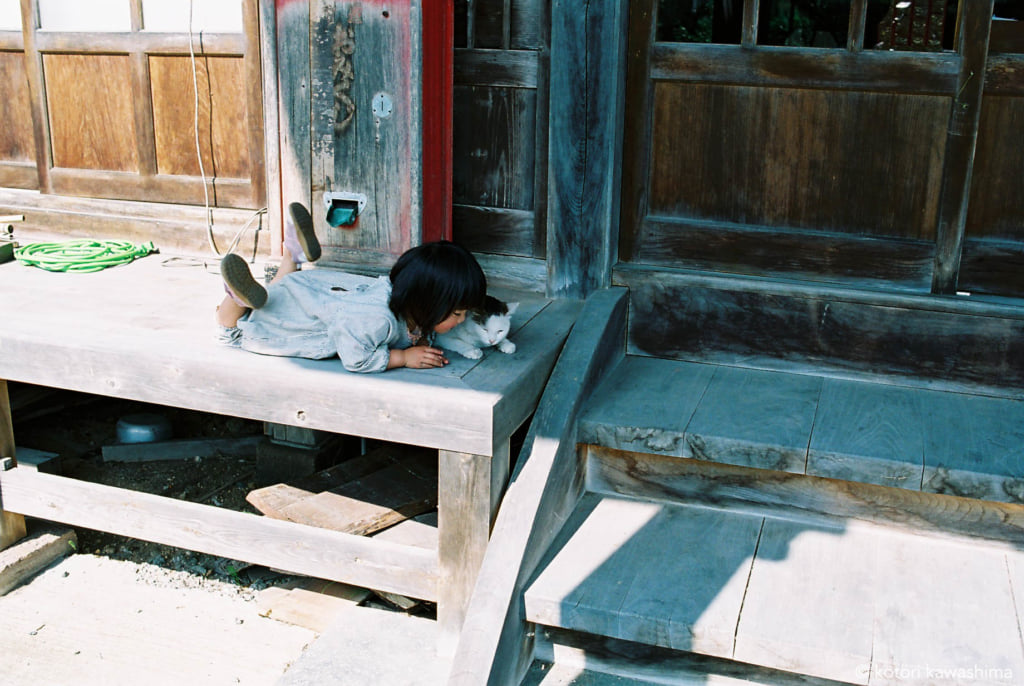
© Kotori Kawashima
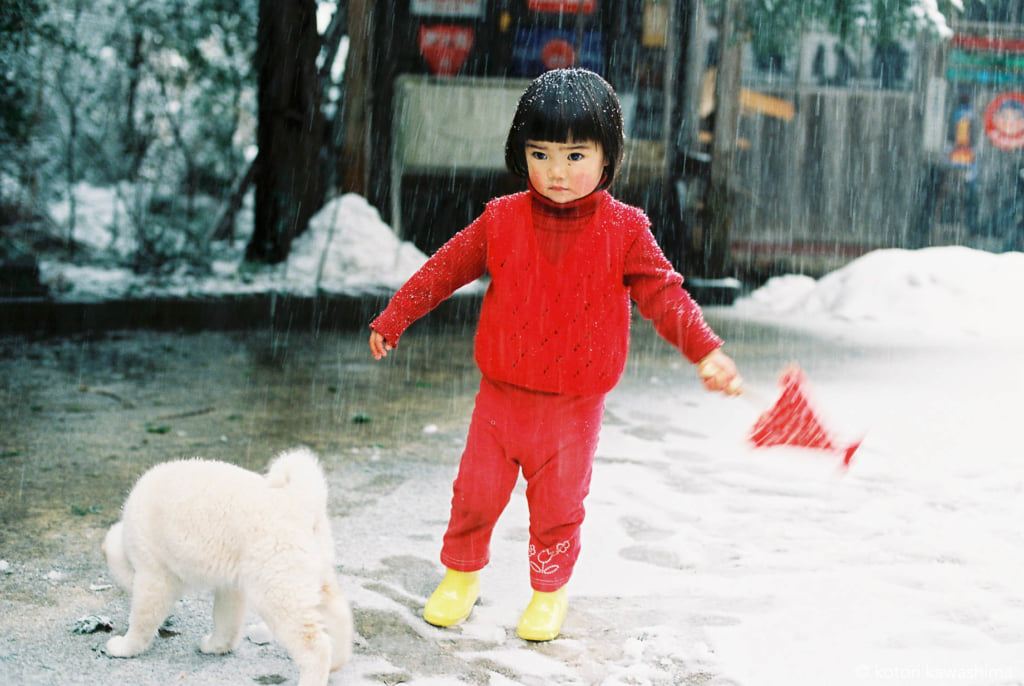
© Kotori Kawashima
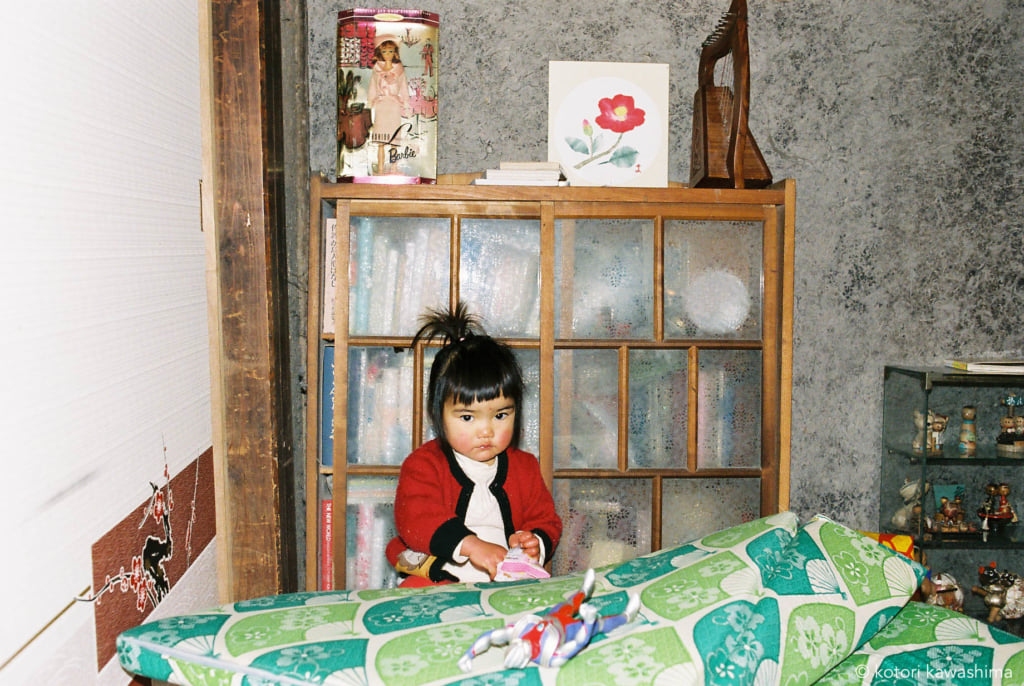
© Kotori Kawashima
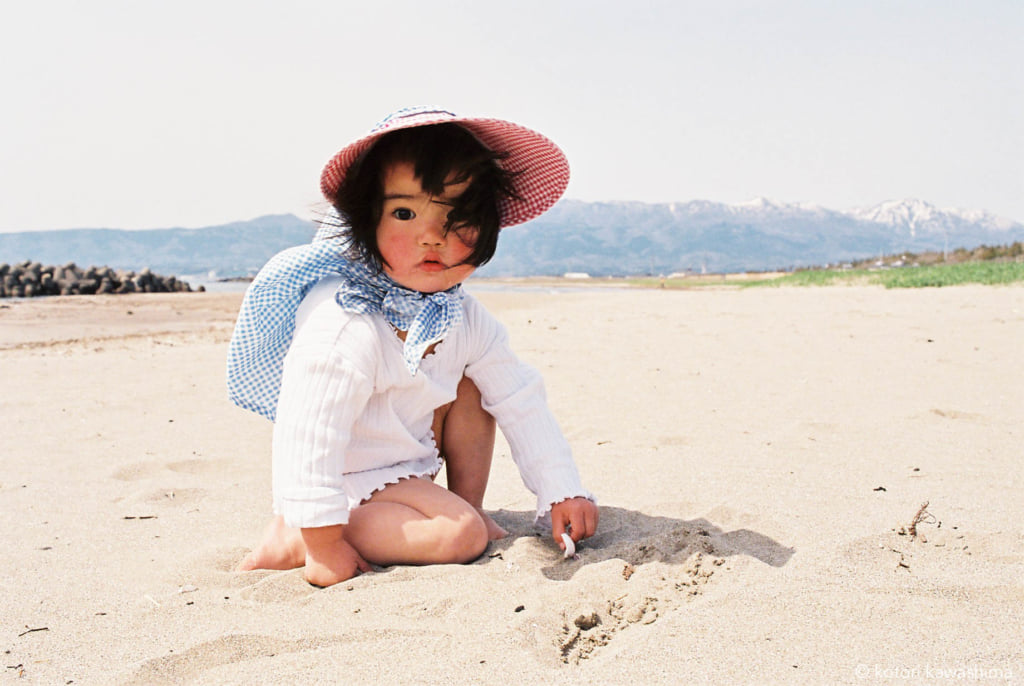
© Kotori Kawashima
TRENDING
-
A Rare Japanese Garden Hidden Within Honen-in Temple in Kyoto
Visible only twice a year, ‘Empty River’, designed by landscape architect Marc Peter Keane, evokes the carbon cycle.

-
Colour Photos of Yakuza Tattoos from the Meiji Period
19th-century photographs have captured the usually hidden tattoos that covered the bodies of the members of Japanese organised crime gangs.

-
Recipe for Ichiraku Ramen from ‘Naruto’ by Danielle Baghernejad
Taken from the popular manga with the character of the same name who loves ramen, this dish is named after the hero's favourite restaurant.

-
Modernology, Kon Wajiro's Science of Everyday Observation
Makeup, beard shape, organisation of cupboards and meeting places: all of these details decipher 1920s Tokyoites.

-
Hitachi Park Offers a Colourful, Floral Breath of Air All Year Round
Only two hours from Tokyo, this park with thousands of flowers is worth visiting several times a year to appreciate all its different types.

